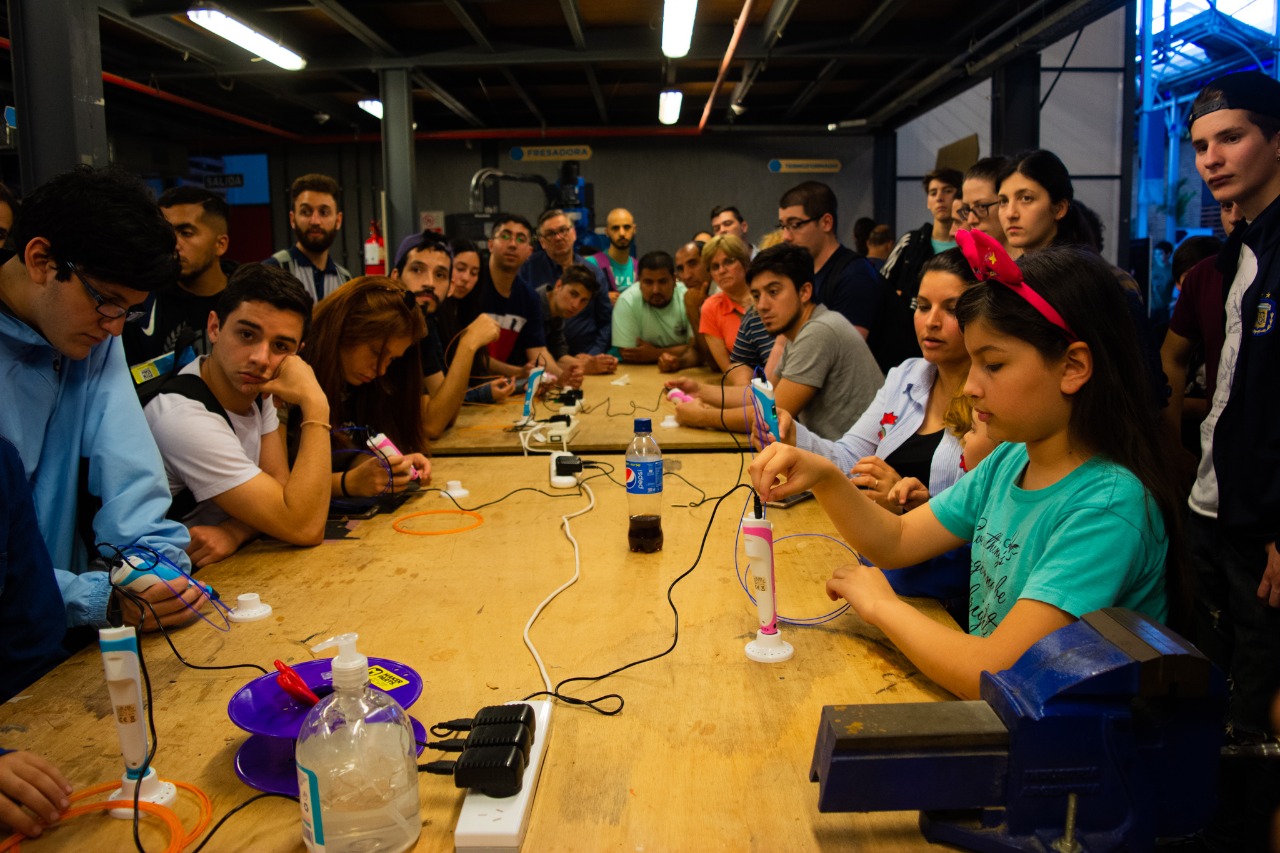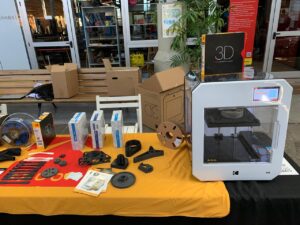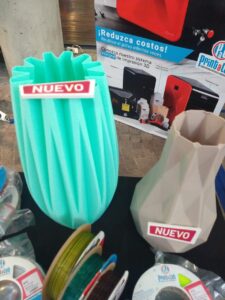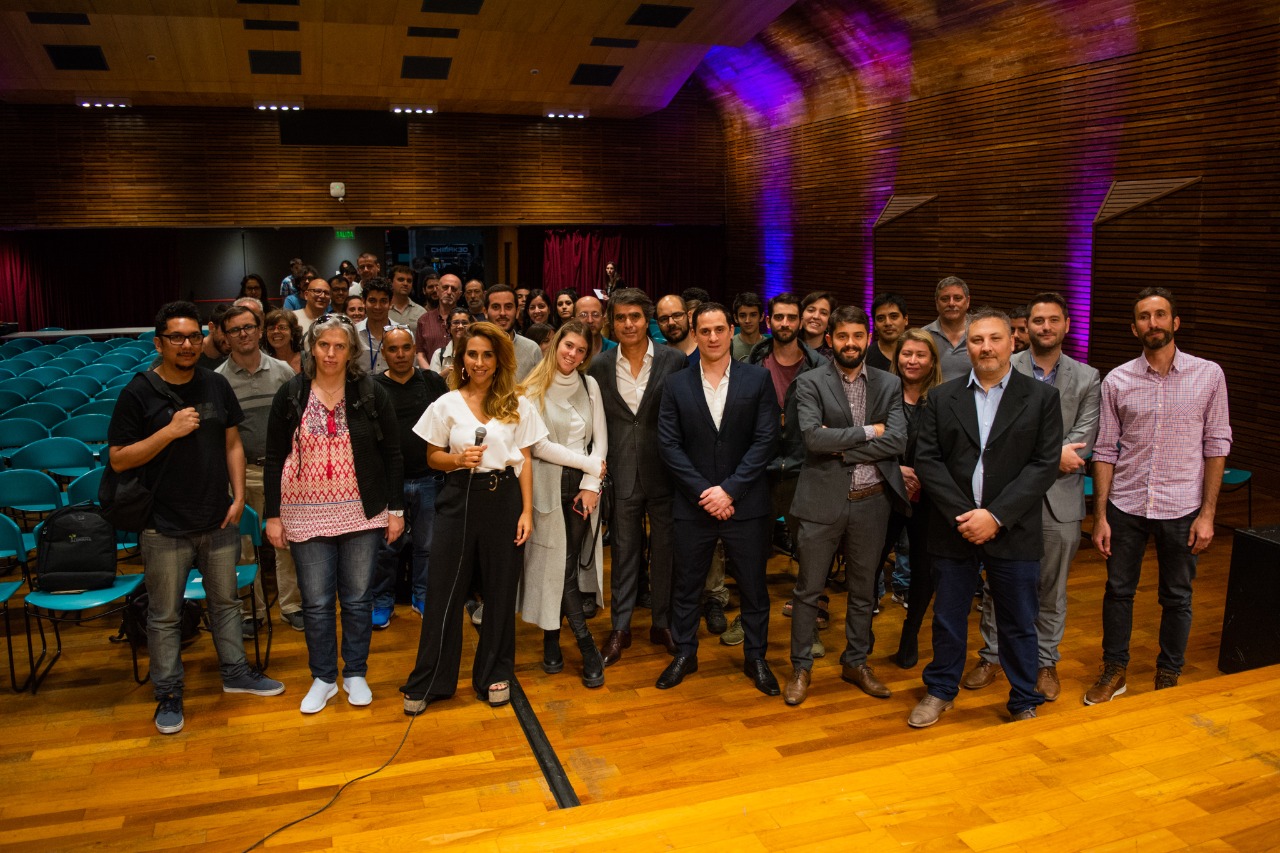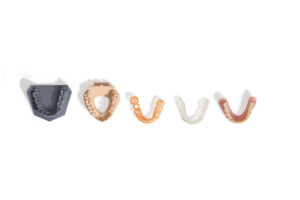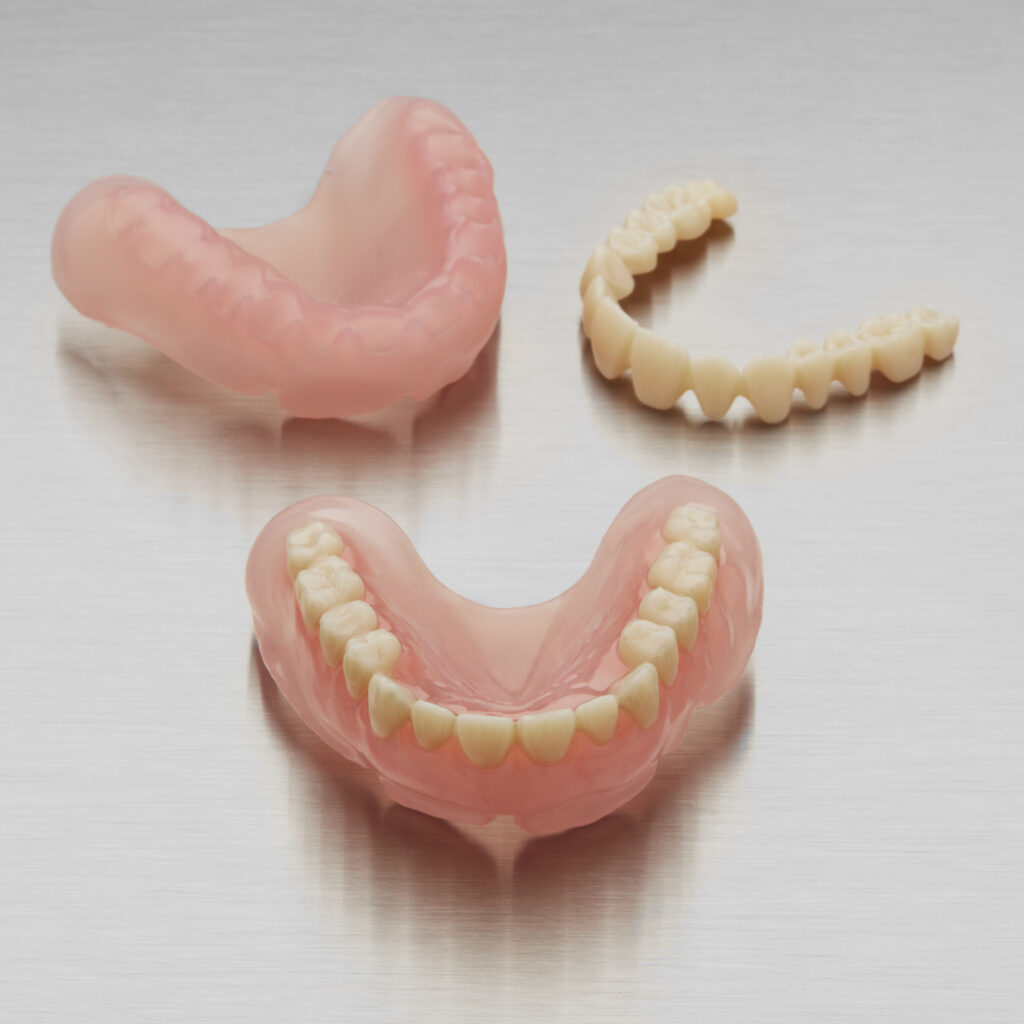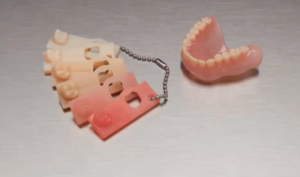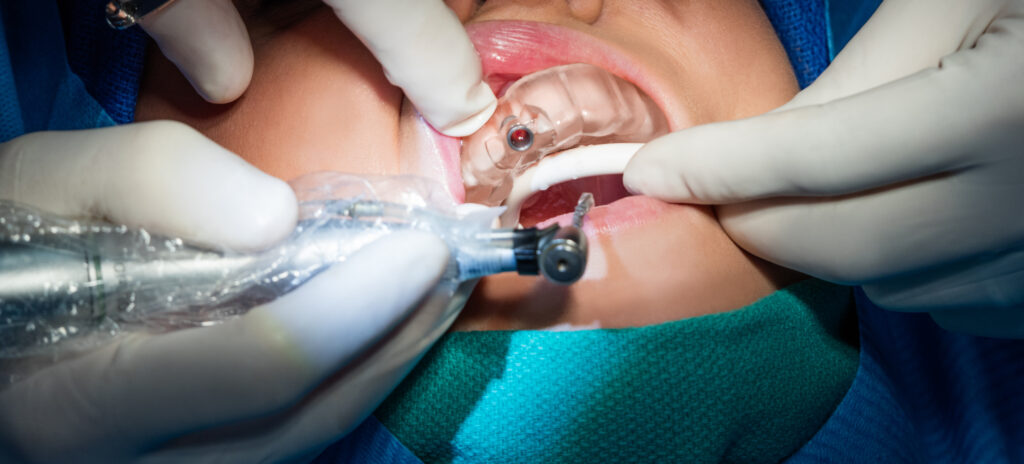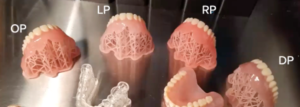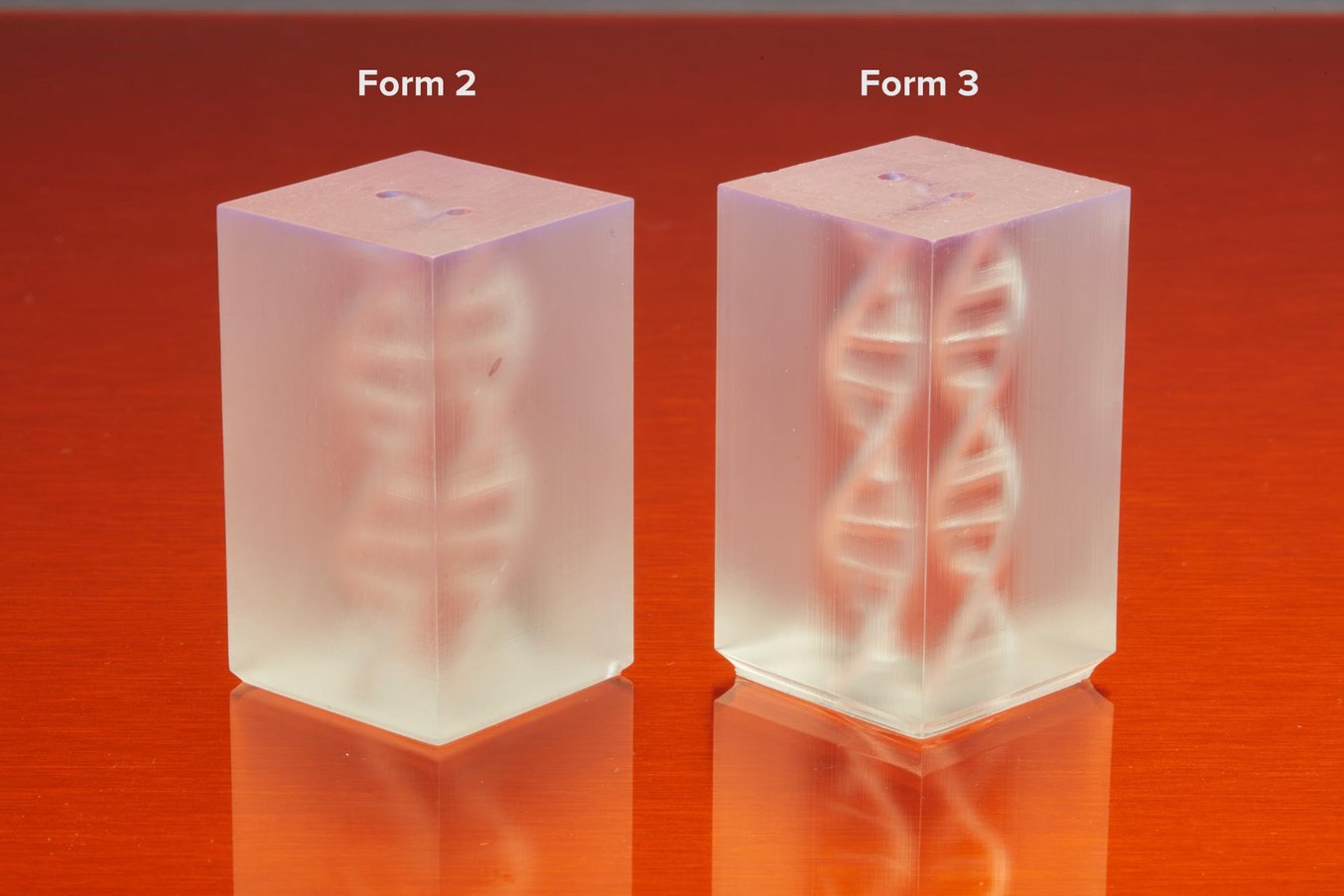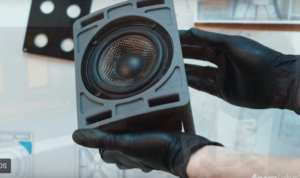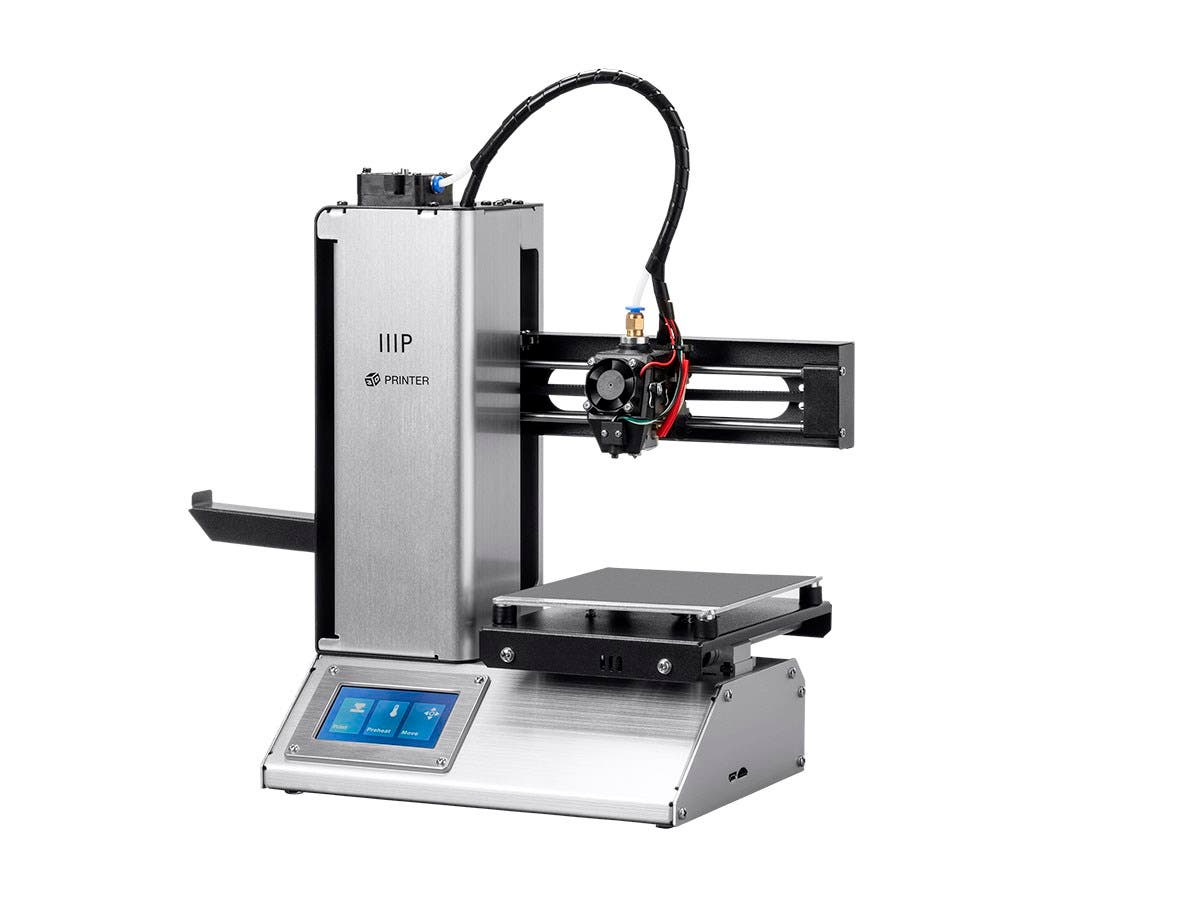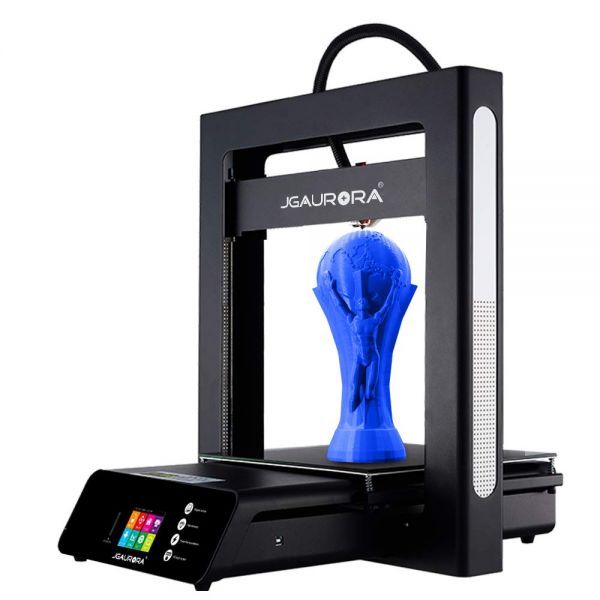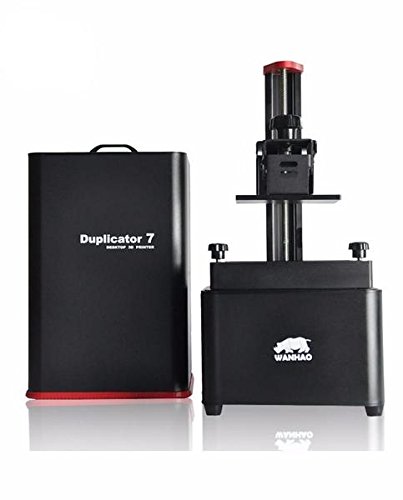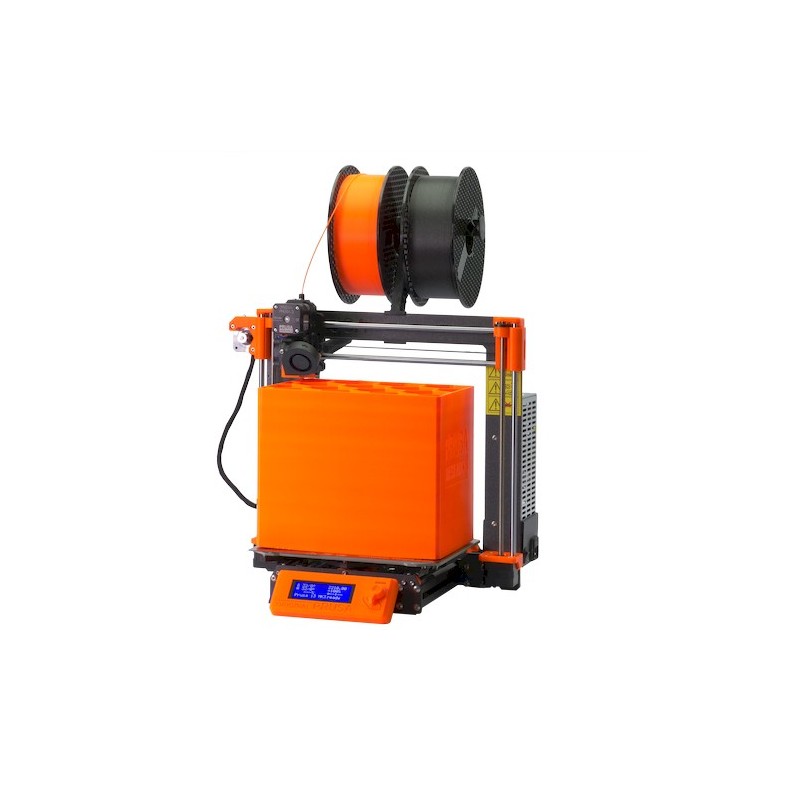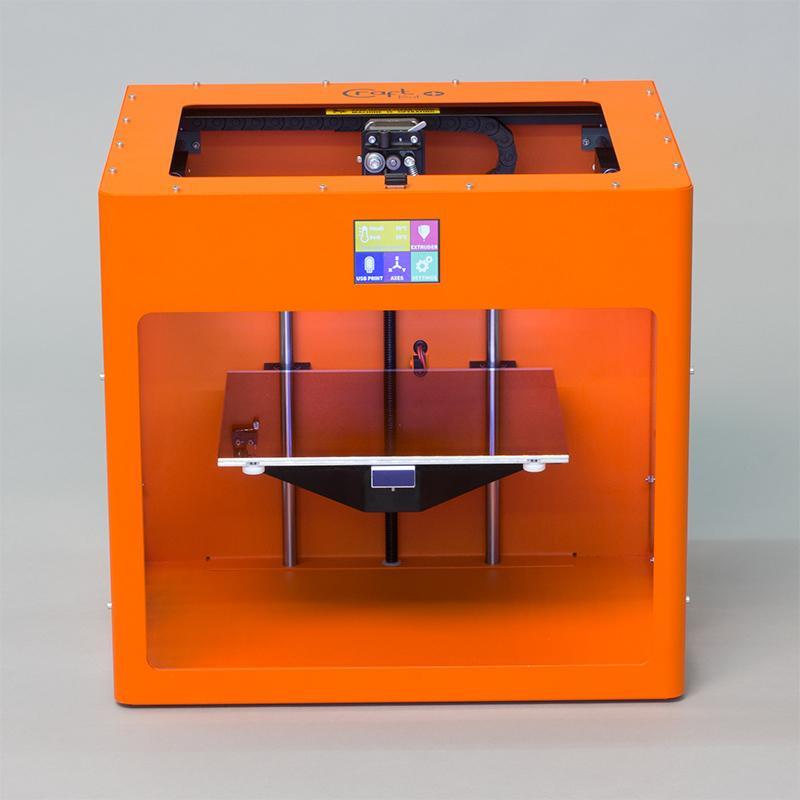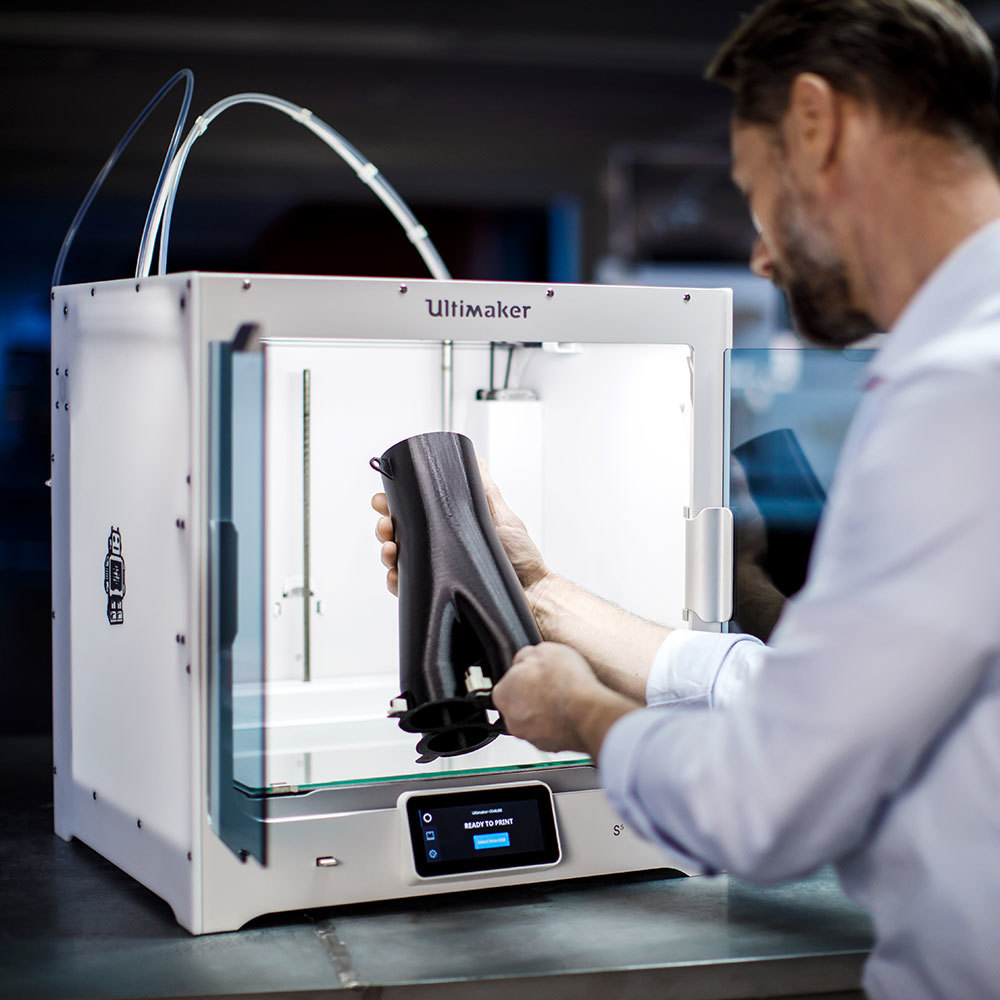A new edition of the 3D Printing Congress in Argentina wrapped up last Thursday after two days of workshops, supplier stands and speakers talking about the challenges and solutions of manufacturing using 3D printing. From biomaterials to resins, 3D printing in the automotive industry, 3D medical simulators and biomedical inventions, some of the most innovative uses for the technology show that it is advancing in the country, albeit somewhat slower than expected.
Sergio Cavaliere, Product and Applications Manager for Advanced Machine Systems (AMS), said to 3DPrint.com: “The local market is volatile, complex and caged by controls, yet at the general manufacturing level we notice that companies have begun acquiring additive manufacturing technology, perhaps not at the hyper expectation levels we forecasted five years ago, still, they know that if they don’t begin to use 3D printing, they will lose competitiveness.”
Held 6 to 7 November in the City of Buenos Aires, the event gathered more than 3,500 3D printing enthusiasts, professionals, and researchers who eagerly discussed how to achieve better, cheaper and more efficient results, as well as what’s on the horizon for local 3D printing companies. This year’s main themes focused on 3D printing in industry and biomedicine.
Last year, when the Mercedes Benz plant in Buenos Aires was looking to improve its production line of trucks and vans, they consulted Cavaliere and AMS. The manufacturing process specialists recommended they acquire an additive manufacturing machine to accelerate production. The local branch of the German vehicle maker soon began using a Stratasys F270 24/7 and in only 23 days created the devices needed for the manufacturing engineering of the assembly line.
“In general and around the world, almost 70% of all 3D printing is used for prototyping. However, this is not the case for Argentina, where industries are searching for ways to use the technology in manufacturing aids–like jigs, fixtures, platforms and tools (mainly in automotive). This means that they require more durable materials with high thermal and impact resistant qualities. And while most machines sold locally today are PLA printers that are very common for prototyping, they are not useful in manufacturing. That’s the reason our product sparked a lot of interest among attendees at the Congress,” suggested Demian Gawianski, CCO of Kodak 3D Printing during an interview with 3DPrint.com.
Gawianski considers that 3D printing know-how has been growing in recent years, more focused on industry and engineering applications. In 2012, Argentina-based Smart International began developing and manufacturing 3D printers and in 2018 they released Kodak’s Portrait 3D printer, a new professional 3D printing solution, which was developed through a global brand licensing agreement.
Furthermore, the team behind Kodak showcased parts that are being produced as part of their new segment, an alliance with renown polymer manufacturers worldwide, such as BASF, Owens Corning, Clariant, and DSM. “The pieces printed with our machines using BASF stainless steel are very alluring for manufacturers because they have 80% stainless steel and 20% of a polymer which after a few post-processes becomes 100% stainless steel,” explained Gawianski. “Our machines are certified to work with already established materials from large manufacturers, allowing our customers to develop engineering pieces with high resistance.”
Not to be missed was Juan Manuel Romero’s talk about his Game of Thrones spoons, made earlier this year exclusively and in partnership with HBO Latin America, just in time for the premiere of the world-wide awaited sixth and final season of the show. The innovative development even competed at Cannes’ International Festival of Creativity during the 2019 award season.
“3D printing offers infinite novel possibilities for jewelry creations, characterization, and improved quality. The precision approach of the machines is an advantage to more traditional methods of creating jewelry,” said Romero to 3DPrint.com. “Back in 2014 we realized that we needed to scale production without losing the design edge, and 3D printing gave us all that and more.”
Romero, the owner of Quimbaya, has been a goldsmith jeweler for over 10 years, yet he learned quickly that using 3D printing to go from design to molding makes a big difference towards his end product. He states that “morphologically, the jewelry design has no limit, while with conventional methods, the same level of accuracy could never be achieved.” For his Game of Thrones spoons, he used Photocentric’s Precision 1.5 machines to create the prototype and the molds that were then used to make the metal spoons. The four spoons (representing the most iconic houses of the series: Stark, Lannister, Targaryen, and Greyjoy) traveled from Argentina to Europe with HBO, they became a very popular and desirable item due to the visibly unique quality, traits and intricate work.
One of the most popular booths among attendees was PrintaLot. The company director, Mariano Perez, has underlined the success of his filaments: “Our client portfolio used to be made up mainly of hobbyists, and today we mostly get industrial market orders from companies that are driving the digital transformation of the industry”. In this sense, he adds that “we began working with other markets in the region, like Brazil, which has a big demand for our products.” One of the biggest orders the company got from Brazilian clients was a request for a new PLA color, the green-blue shade made famous by jewelry maker Tiffany.
“3D printing machines and materials are changing the production processes of different economic sectors and creating new business models. We also began reselling Wiiboox Sweetin, the gourmate food 3D printer, and Ultimaker, because we noticed many local entrepreneurs were searching for this type of solutions,” Mariano told 3DPrint.com.
In addition to the increasingly popular local 3D printer suppliers exhibiting the latest MakerBot, Formlabs, BCN3Ds, and Trideo (one of the most popular local brands), new and creative applications drew big crowds. Like a surgical simulator; 3D bioprinters to treat wounds in diabetic patients; bespoke 3D printed titanium implants, and the WalkingMaker, a 3D printer with wheels that extrudes material obliquely.
Nicolas Meer, co-creator of a pediatric surgical simulator for medicine residents said: “we spoke to pediatric surgeons who suggested the best way to teach the techniques of laparoscopy to students and future doctors was through a simulator, instead of waiting for a real case or practicing with animal parts. I have been working with 3D printers since 2012 so I decided to design and print a small simulator that wouldn’t cost more than $500.”
The post 3D Printing Congress in Argentina: Novel Ideas and a Harsh Landscape Ahead appeared first on 3DPrint.com | The Voice of 3D Printing / Additive Manufacturing.

